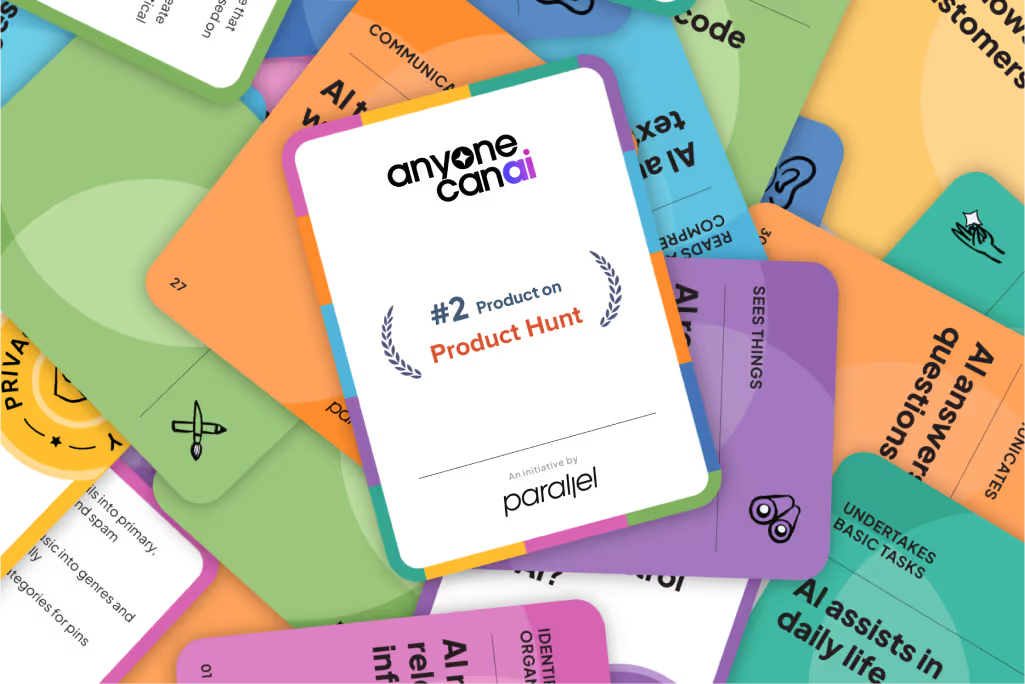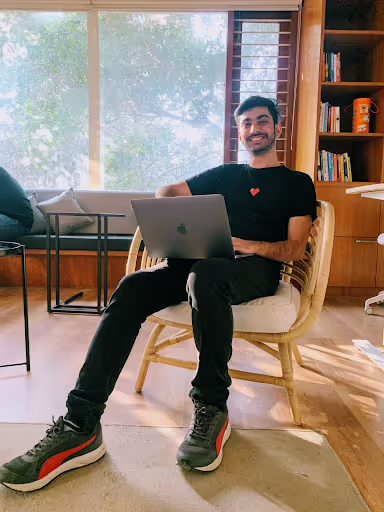My First Month at Parallel
“You will have to completely shift your mindset to be able to work here”, Robin told me during my Parallel interview. I understood later what he really meant.

What are you working on? I always found the answer to this question difficult.
I started my career with an MNC. I had all the comfort and luxury of time to deliver simpler tasks. I could sit, contemplate, think, rethink and then deliver. But that comfort soon turned into self-doubt as I thought I wasn’t doing enough. Though I always met the expectations that the project had from me, it never made me feel satisfied.
Then Parallel happened. I joined Parallel as a Product Designer a month ago.
“You will have to completely shift your mindset to be able to work here”, Robin (Parallel's founder) told me during the interview. I understood later what he really meant.
Before I even joined Parallel
My journey with Parallel started even before my official joining date. I was asked to be part of a mini-Designathon that the team had put together to brainstorm about Account Aggregators. It was my first interaction with the entire team. And my group won! I was warming up to the new people.
Then Robin gave me a list of books and asked me if I had read any. “I don’t really read”, I said. Next day, he couriered two books to my place — Sprint by Jake Knapp and The Lean Startup by Eric Ries. Since I had "time", I started reading Sprint and I was surprisingly impressed by how engrossed I felt while reading it.
My journey with Parallel had begun. I was enjoying books.
.png)
My first month at Parallel
Finally that day came, and I joined Parallel officially. I was promised that I’d be busy from day one and I wasn’t disappointed.
I was put on to redesign a data management tool. Never have I ever been so nervous and happy at the same time. The data space was completely new to me, and I had zero clue about data science. Richa, my lead, gave me a walk-through of the product and I felt overwhelmed.
I started my work and soon realised that I wasn’t managing my time well. It resulted in half-baked ideas. I was wasting a lot of time coming up with a perfect solution that would solve everything at once. That was my first mistake. The second mistake was taking on unnecessary pressure for doing an outstanding job. As this was my first project, I was worrying more about doing a job that looked good rather than focusing my energy on the solutions that worked. These two things ended up making my life difficult.

From the second week onward, I picked up the pace, contemplated on my shortcomings and started making smaller changes to my process.
For my first change, I got rid of the pressure to perform and actually started putting my energy into the solutions. The second change was time-boxing my day. I roughly divided my day into sections, and each section had a fixed outcome. The third change was to take notes on Post-its and paste them close to my work desk. This helped me remember the key points while working on the solution.
These smaller changes really helped me to design better and made me calmer. Things were still overwhelming but I now I had my ways to deal with it.
In my first month, I also got to be a facilitator in a Design Jam. I was very nervous as I had to manage a team and guide them through the journey in the right direction. We prepared for the jam in advance. This was the first time we were conducting an online Design Jam. It was a hectic week. A lot of things could go wrong, but the team was well prepared, all thanks to colleagues who organised it well. A few technical issues and time shortage didn’t really hinder our process and we had a successful run.
I am officially a Design Jam facilitator now, yay! (That’s a made-up title.) I feel like Peter Parker who just became an Avenger.
.png)
What I've learned so far
This entire month at Parallel taught me a few things that made a big difference in how I think and perform. Here is what I've learned.
Time is not a luxury. It is a commodity.
The first thing I learned here is to time-box your activities. The most crucial part of doing a task is finishing it on time. And that is a skill one must develop. Start your day with a list of things that you are going to do, and stick to the plan.
Short breaks are a boon.
This sounds pretty lame and simple, but it is crucial. Take short breaks to stretch, freshen up and rejuvenate. Your mind needs rest. Instead of taking a long break, it is more helpful to take shorter breaks as it gives you enough rest without disconnecting completely.
Don’t put your best foot forward.
Controversial? I know. But my time with Parallel has taught me that you need to invest enough time in creating a structure for your designs so that you are headed in the right direction. But don’t work on the final solution. Make more mistakes while solving the problem and iterate faster. This is better than a big failure.
%20copy.png)
Don’t Lorem Ipsum your way out.
As designers, we often use dummy text to save time and efforts. But then the design always feels artificial and usually keeps you away from the real picture. Minute details are reflected better when the copy is strong and is real. Suddenly the design starts to feel an extension of the real product rather than an iteration.
Don’t work in silos.
Designers usually don’t like to share a work in progress. While working on a project with a short deadline, I realised that collaboration is extremely important. It’s better to share the designs and take feedback rather than waiting until the end when you don’t have time to make improvements.
You aren’t just a designer.
While working on the project, I was mostly thinking like a designer. This resulted in me pointing out issues related to UX and UI. But we can contribute so much more than that. It’s important to be a little more than just a designer and think about the overall success of the product rather than just the implementation of your design.
Today, I finally have an answer to “What are you working on?” I can talk about the impact that my work creates. I am able to articulate and explain it better to people without the worry that I haven’t done enough.
One month at Parallel has been crazy. I learned that it is important to try and fail rather than just gaining knowledge.
In such a short period of time, I have gone through so many different phases. From being able to handle clients directly to running my first Design Sprint as a facilitator, I have had so many different and great experiences. It makes me hopeful and excited for the future.

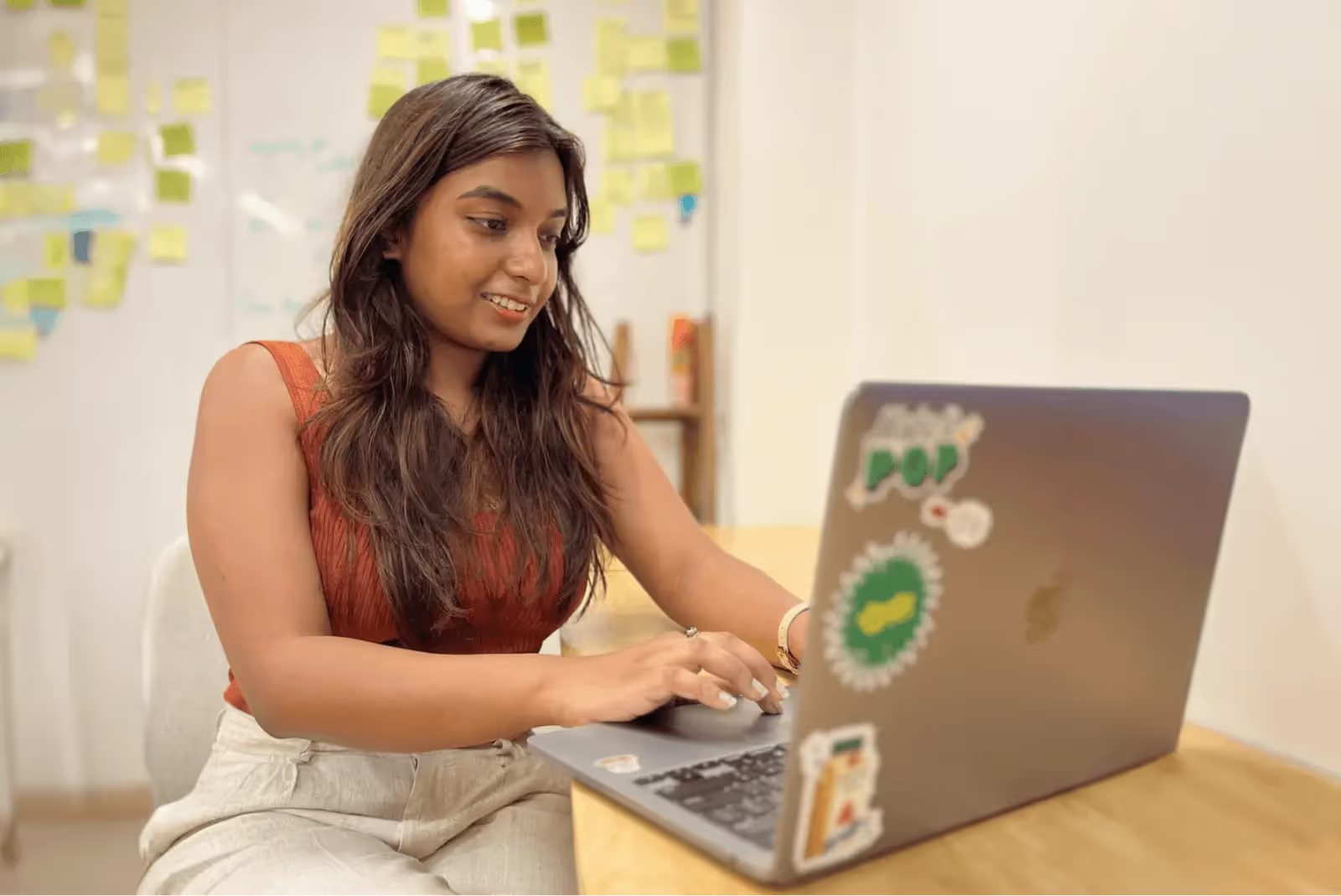
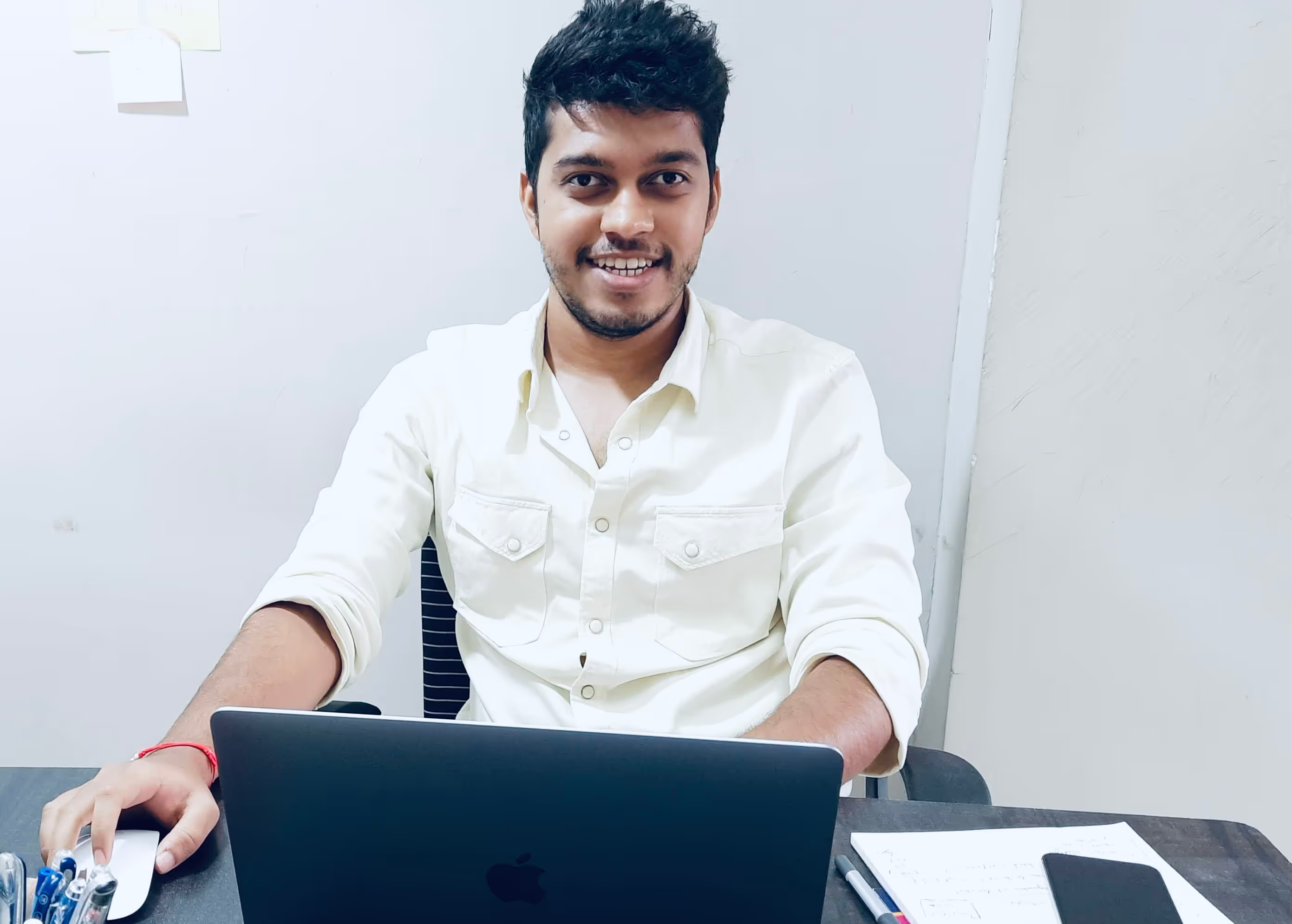


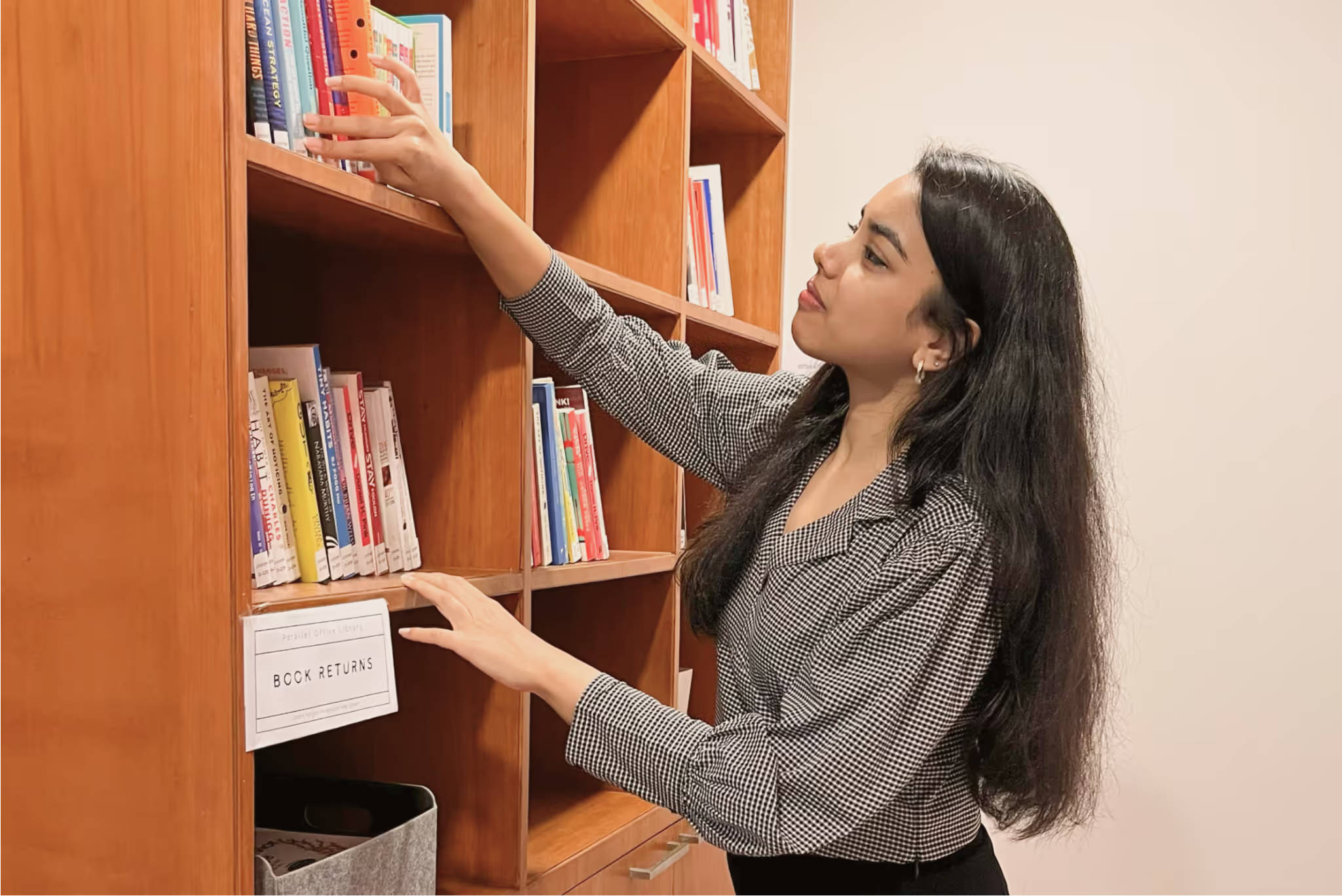
.avif)
